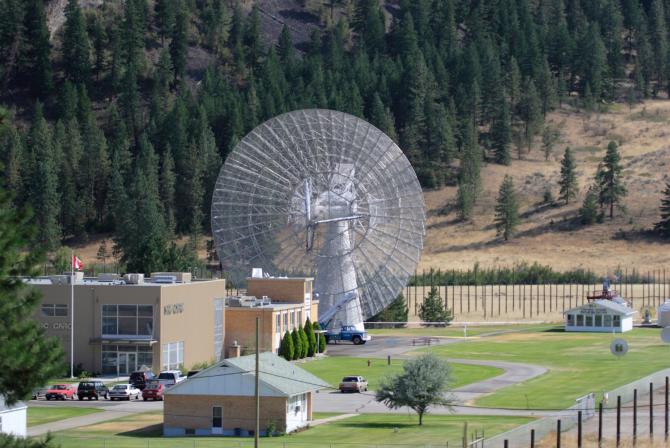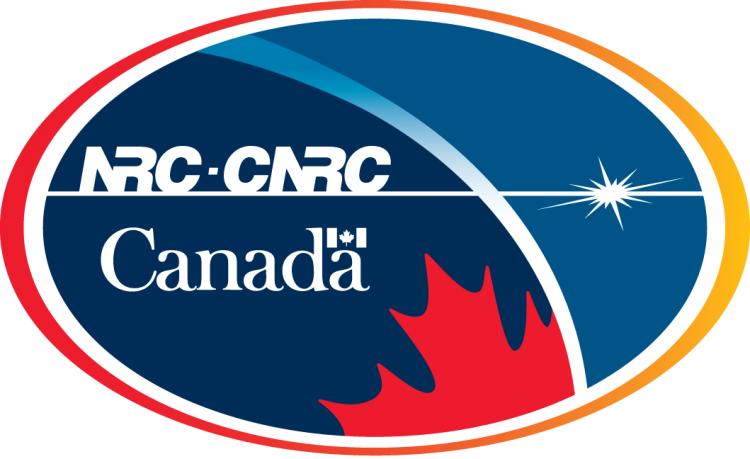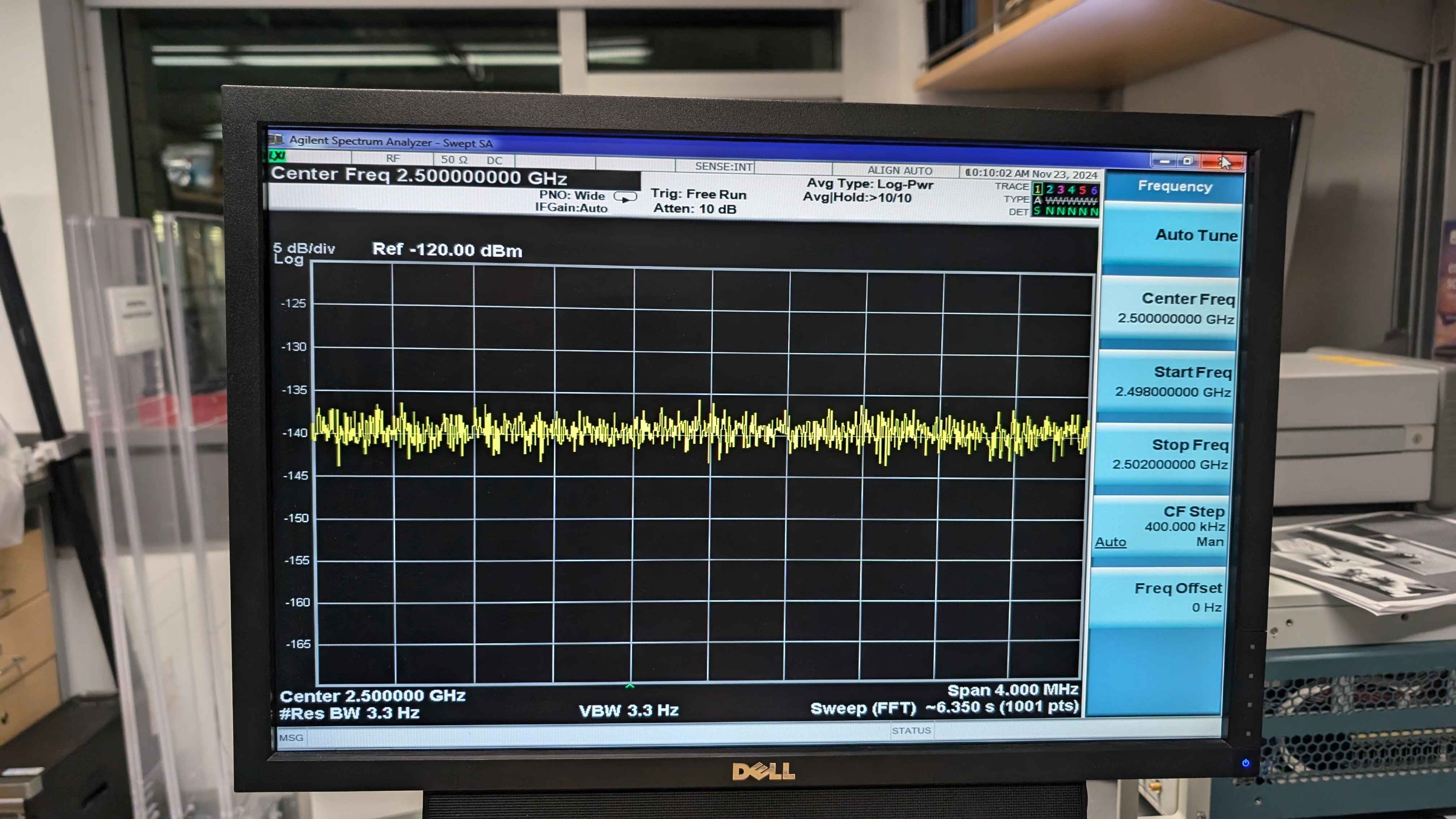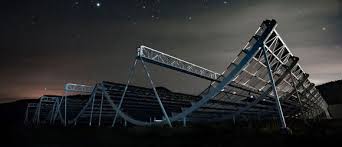
Capstone Project: Cell Buster
Dominion Radio Astrophysical Observatory
Role: Co-Mechanical Lead
September 2024 - Current
In Affiliation with:


Summary:
In collaboration with the National Research Council (NRC), my capstone team and I are producing a "cell-buster" to
install via fibre optic cables in the Dominion Radio Astrophysical Observatory (DRAO). As DRAO is comprised of extremely sensitive
telescopes that pick up on radio frequencies, the integrity of astronomical data is tampered when cellphones approach the facility.
DRAO receives visitors and guests who often do not remember to turn off their cellphones in the facility, causing massive amounts of
valuable astronomical data to be rendered useless.
Our cell-buster device will be able to receive transmissions from popular cellphone bandwidths (from TELUS, Rogers, etc), as well bluetooth and wifi signals from
cars passing by the facility. This data will be cross referenced with DRAO data to ensure there is no cross contamination due to background radiation, protecting
the validity of the astronomy data they acquire.
My Role:
As one of two mechanical students working on this team, part of my responsibilities include
designing, manufacturing, and integrating a mechanical housing unit. The housing unit must be RF shielded so that radiation emitted from
the cell-buster device itself will not be picked up on by the telescopes, as well as protect the equipment inside from overheating in the summer (during extreme heat waves of +40 degrees Celsius) to freezing cold snaps in the winter (Up to -30 degrees Celsius).
Currently:
We are conducting preliminary testing in the middle of the woods where we have low background events, allowing us to determine the relative sensitivity of our RF detector against software and simulated idling phone conditions.
Gallery:

Testing whether our detector device picks up on its own emitted signal.
Learn More:

The Dominion Radio Astrophysical Observatory Research Facility
Find out more about the research that DRAO conducts.
Learn More